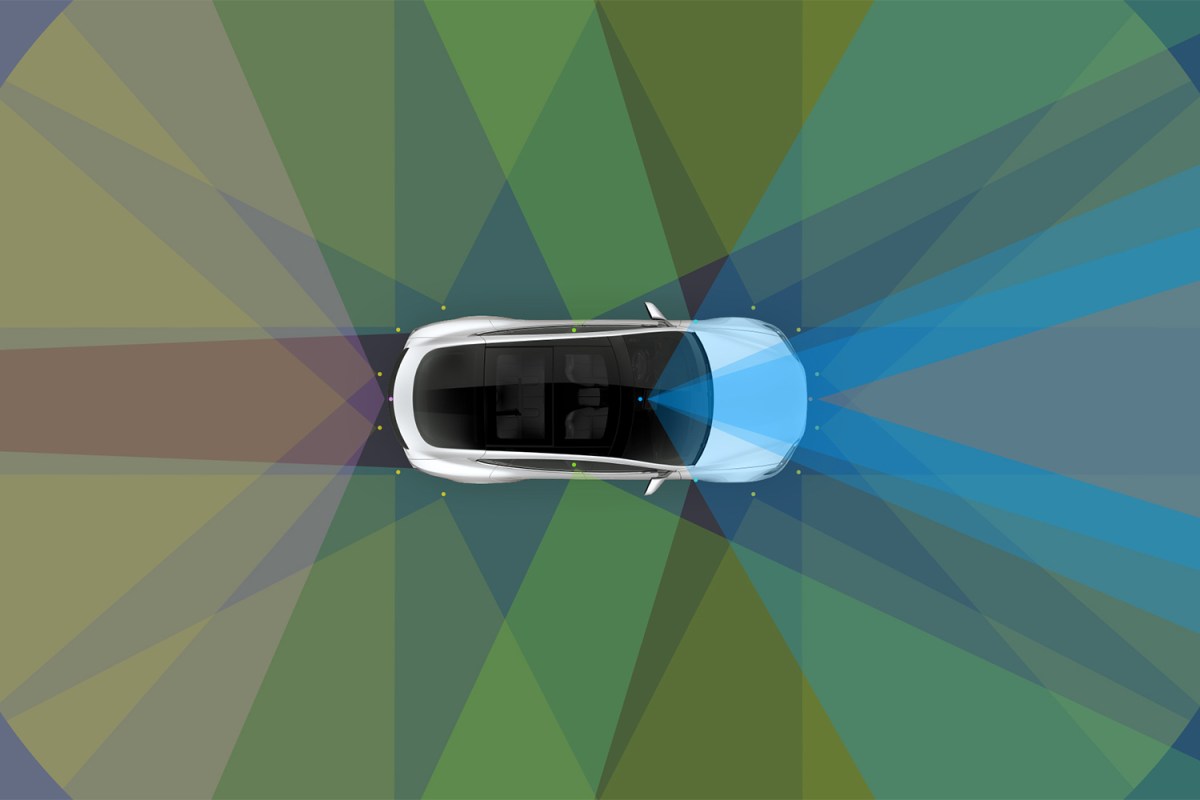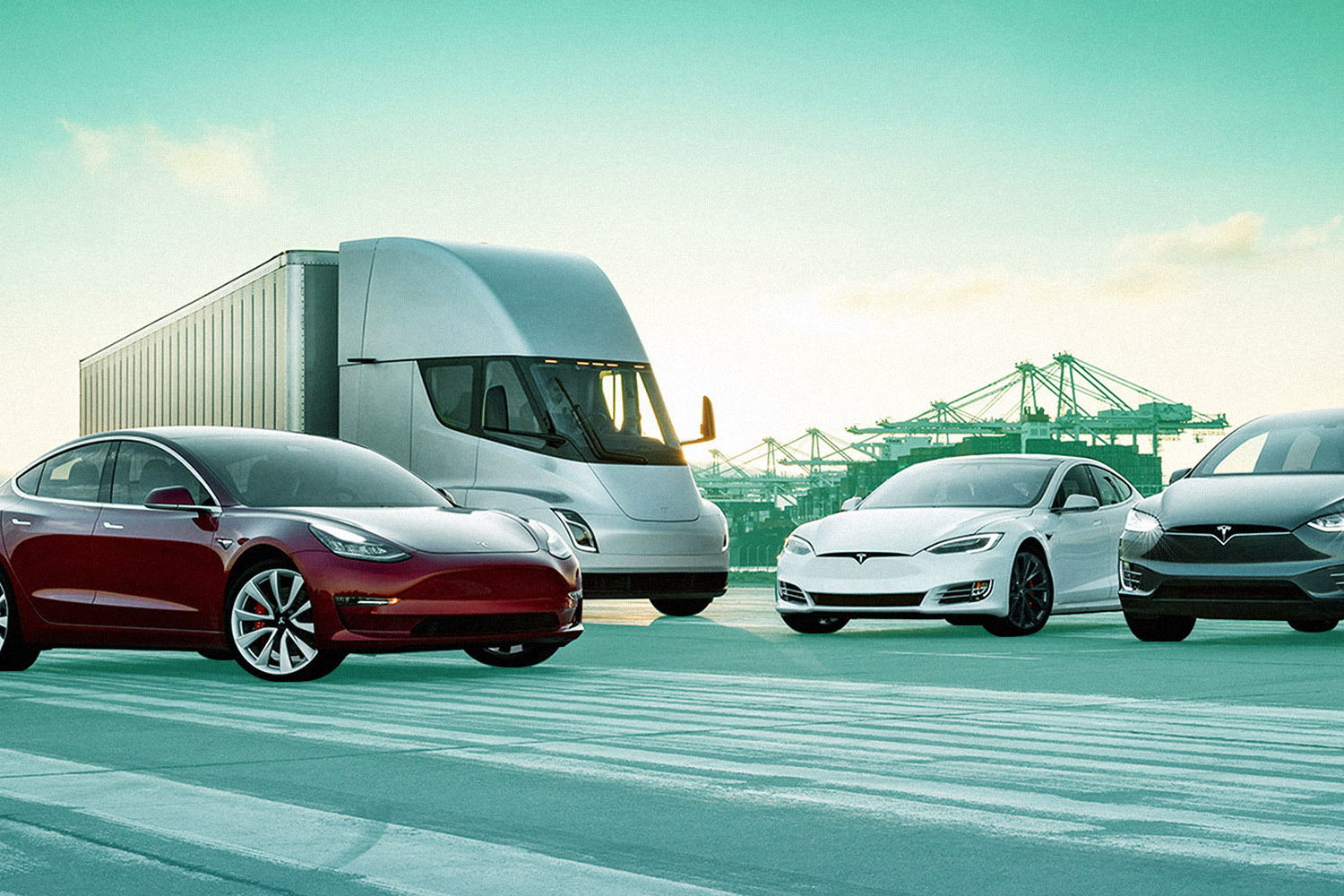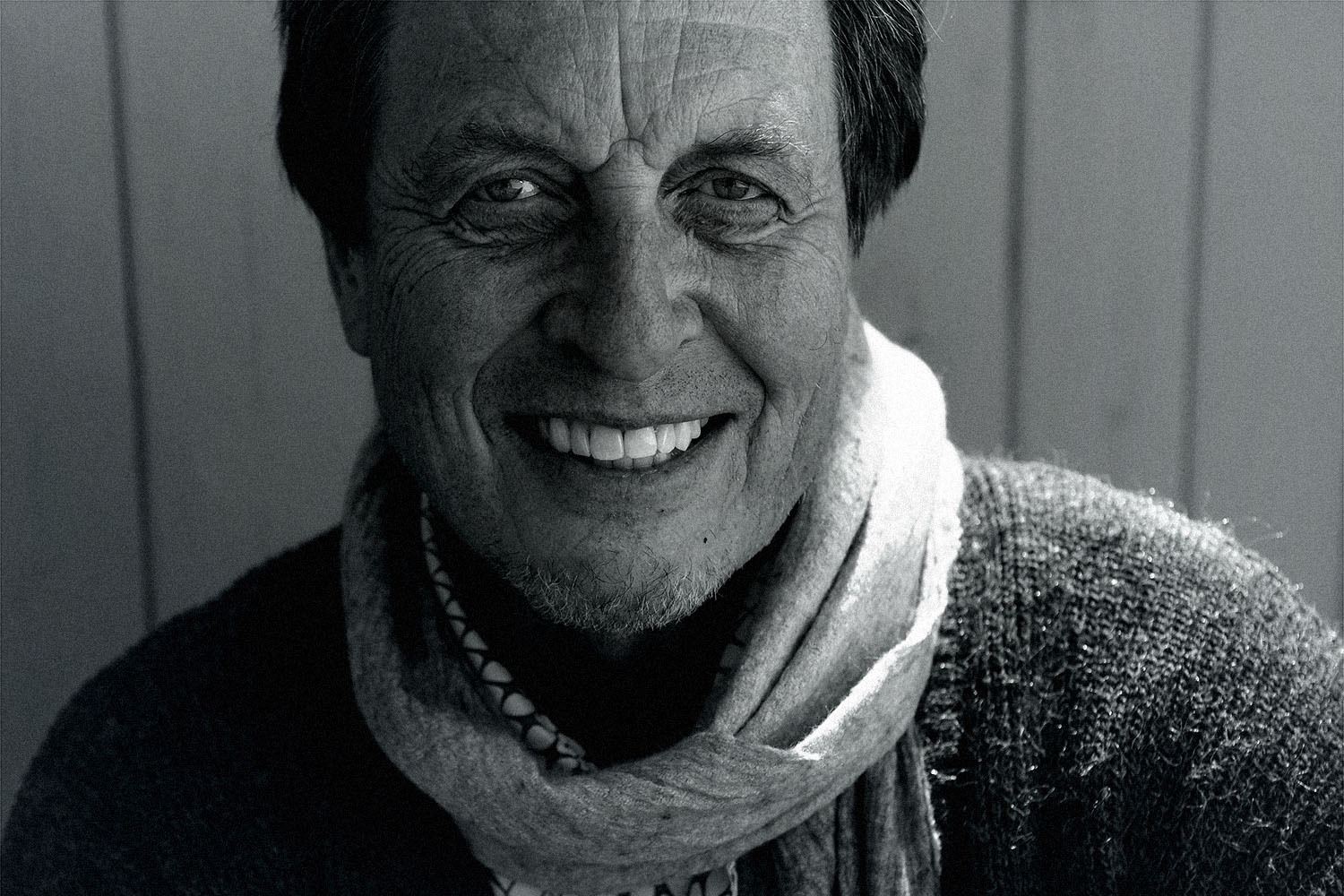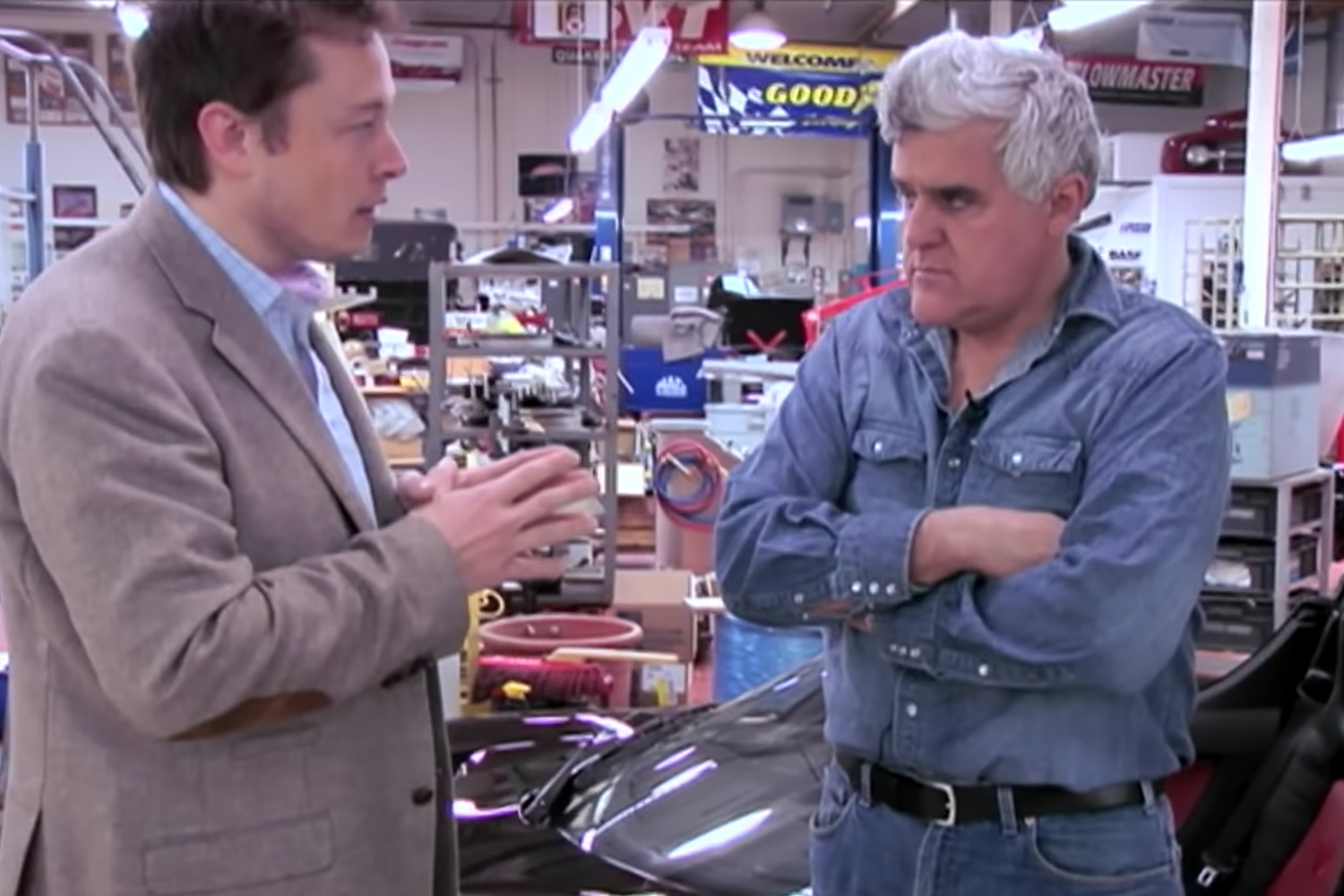As analysts attempt to predict the future of cars, signs point to two major developments: electrification and self-driving. When those changes come to pass, drivers are going to face a steep learning curve, if they’re not dealing with one already: we’re talking everything from large-scale concepts (no, EVs don’t need gas to run) to specific terms like “kilowatt-hours” and “regenerative braking.”
One of the most contentious terms concerning our automotive future is “autopilot.” Specifically, Tesla Autopilot. Elon Musk’s electric-vehicle giant has been making cars with Autopilot hardware and software since 2014, and the system has led to acclaim, debate, confusion and lawsuits ever since. Most recently, a German court banned Tesla from making certain claims about the technology, insinuating that calling it “autopilot” was false advertising. After that ruling, Musk retorted on Twitter: “Tesla Autopilot was literally named after the term used in aviation.”
Who is right? Musk or the Tesla critics? Unfortunately, the answer often comes down to whether or not people agree with the CEO’s latest string of controversial tweets. But if we shift the focus back to semantics, it’s easier to determine what Autopilot is, and more importantly, what it is not.
What Tesla says about Autopilot
In its most basic form, Autopilot is an overarching term for a variety of driver-assistance features that include basic functions like Traffic-Aware Cruise Control (which matches your speed to surrounding cars) up to Navigate on Autopilot (currently in beta mode, this essentially does highway driving for you). As Tesla has the ability to make updates to their software over the air, they’ve become more powerful over the years. The nuts and bolts that enable this include a system of external cameras and ultrasonic sensors, as well as a radar.
On Tesla’s website, the company explains the function like so: “Autopilot is an advanced driver assistance system that is classified as a Level 2 automated system according to SAE J3016, which is endorsed by the National Highway Traffic Safety Administration.” If that’s not clear enough, the description goes on to note that the system is “intended for use only with a fully attentive driver who has their hands on the wheel and is prepared to take over at any time,” and “is not a self-driving system” at the moment.
The reason that’s not the end of this discussion (or article) is the clause “at the moment.” Tesla’s Autopilot is on a spectrum of autonomous driving that Elon Musk is hoping to ramp up to full self-driving sooner rather than later. And if you move over from the company’s very reasonable press webpage to the order forms for Tesla’s vehicles, things starts to get a little hairy.
Today, if you go online to order, say, a Tesla Model 3, on the Autopilot page, the automaker offers “Full Self-Driving Capability” for a premium. Wait, when did Tesla vehicles get full self-driving? They haven’t. You’re paying an extra $8,000 for the potential to upgrade your vehicle to full self-driving — whenever that ability is finalized, regulated and approved — while receiving more advanced driver-assistance features like Auto Lane Change and Autopark in the meantime.
What Elon Musk says about Autopilot
There you have it: proof that arguments about Autopilot have solid ground to stand on. While in the fine print Tesla admits this is not a self-driving system and the driver must be fully attentive even during automatic maneuvers, the all-important sale page proclaims, under the word “Autopilot” in bold, that the car offers “Full Self-Driving Capability.” Going on to qualifying that claim with “capability” shouldn’t be enough to save them from blame here.
But back to Musk’s tweet ostensibly in response to the German court’s recent ruling in mid-July. Responding to another Twitter user highlighting a Wikipedia page, the 49-year-old wrote: “Tesla Autopilot was literally named after the term used in aviation. Also, what about Autobahn!?”
I think we can skip the Autobahn joke here, but Musk brings up what has become a talking point among Tesla fans when arguing about Autopilot on Twitter: because the term has been derived from the aviation field, the company is free from any and all blame if people mistakenly think it means fully autonomous driving. And to Musk’s credit, if we go to a more reputable source than Wikipedia, in the Federal Aviation Administration “Pilot’s Handbook of Aeronautical Knowledge,” Autopilot is described as such: “An automatic flight control system which keeps an aircraft in level flight or on a set course. Automatic pilots can be directed by the pilot, or they may be coupled to a radio navigation signal.”
At the very outermost tip of the iceberg, this argument makes sense; the aviation term describes a system that aids a driver, rather than replacing it. But probe this even in the slightest and it falls apart. Tesla doesn’t make aircraft, Tesla makes cars, and when you’re talking to drivers who have a much lower base knowledge of how their vehicle operates, you need to meet them where they are.
For the lowest common denominator, we need to go to (where else?) Urban Dictionary, which defines autopilot as “when you do something without realizing what you’re doing (usually results in making a mistake).” (Other, more respected sources like the New Oxford American Dictionary have similar definitions, just to be clear.) And that’s how most people will understand Tesla Autopilot, even if the manual says otherwise — because if one thing carries over from gas to electric cars, it’s that no one is reading the manual. People hear “autopilot,” and they think they’re getting a hands-free ride.
How Autopilot is working in the real world
I’ve interviewed many Tesla owners over the years, and one common trait among them has been an uneven experience with Autopilot. That’s to be expected; as we mentioned before, the features are being updated regularly, improving over time and sometimes being beta-tested among normal drivers. But Greg Frankenfield, a Minnesota tech CEO who has championed Tesla since he bought a Roadster in 2012, had this to say about his experience back in 2019:
“Tesla has married [self-driving and electrification] in people’s minds and I don’t think that’s a positive. I’m in the computer industry. This is a sideline. I don’t see self-driving cars anytime in the near future. I’ve got Autopilot on both of the cars, the model S and X. Terrifies me. I turn it on for a little bit, I find myself turning it off over and over. It’s just a terrible driving experience. It drives worse than my grandmother.”
That may not be everyone’s experience — I personally tested Autopilot on a Model 3 road trip and found it both thrilling and frustrating — but the subtext here is worrying. Frankenfield was seemingly disappointed because he had such high expectations for the technology, and he’s not alone; there’s no shortage of stories about people sleeping while Autopilot is engaged (and sleeping around). The dark underbelly of those meme-able moments is that there have been a number of crashes involving Autopilot already, some of them fatal.
Of course, Elon Musk didn’t change the Autopilot nomenclature back in 2016 when the controversy first bubbled up, and he’s certainly not going to change it now. While the company will most likely be protected from accident lawsuits thanks to the fine print, drivers are still going to be misled by the terminology, and more courts will most likely be able to find fault with the company’s marketing tactics. And for that defense, Musk won’t be able to go back to the tired aviation argument.
That is what we call an emphasis error. It’s an aviation term, look it up.
This article was featured in the InsideHook newsletter. Sign up now.






















